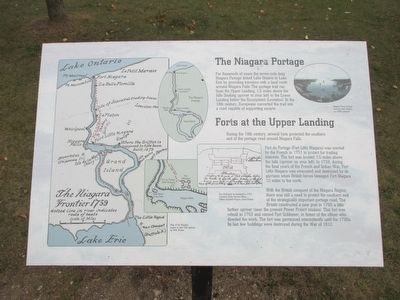Welcome to the Old Royal Naval College, an iconic landmark that echoes with over 600 years of British history. Nestled along the banks of the River Thames in London’s Greenwich, this architectural marvel has been a silent witness to the rise and fall of empires, the birth of monarchs, and the evolution of a nation.
Let’s step back in time to the 1430s when Humphrey, Duke of Gloucester, built a retreat at this very spot, intending it as a haven for pleasure and entertainment. Known as Bella Court, it became a miniature royal court, hosting poets, musicians, and intellectuals. However, its charm was short-lived for Humphrey, who fell out of favor and was arrested for treason. Upon his demise, his ambitious plans were seized by Margaret of Anjou, who transformed Bella Court into the Palace of Placentia, a fitting residence for a queen.
In the 16th century, this palace became the birthplace of some of England’s most famous Tudor monarchs. King Henry VIII, known for his tumultuous reign and six marriages, was born here in 1491. His daughters, Mary I and Elizabeth I, followed in his footsteps, both leaving indelible marks on English history. Greenwich Palace, as it was known then, was not only a royal residence but also a stage for historical turning points.
The English Civil War in the 17th century led to the palace’s decline, with much of it falling into disrepair. However, this was not the end for Greenwich. In 1694, King William III repurposed the site into the Royal Hospital for Seamen, a vision brought to life by the esteemed architect Sir Christopher Wren. Wren’s genius is evident in the baroque grandeur of the buildings, with the Painted Hall and Chapel standing as testaments to his architectural prowess.
The Painted Hall, often dubbed ‘Britain’s Sistine Chapel,’ is a masterpiece created by Sir James Thornhill between 1707 and 1726. Its epic ceiling frescoes, depicting over 200 figures, narrate Britain’s naval power and royal legacy. In 1806, this hall served as the lying-in-state for Admiral Lord Nelson, following his heroic demise at the Battle of Trafalgar.
Following the hospital’s closure in 1869, the site was reborn as the Royal Naval College in 1873, becoming a premier training ground for naval officers until 1998. During the World Wars, it played a crucial role in training over 30,000 officers, underscoring its importance in British naval history.
Today, the Old Royal Naval College is a vibrant cultural and educational hub, managed by the Greenwich Foundation. It continues to draw visitors from around the world, not only for its historical significance but also as a popular filming location. Productions, from ‘The Crown’ to ‘Pirates of the Caribbean,’ have graced its halls and courtyards, cementing its place in cinematic history.
As you wander through these storied grounds, imagine the echoes of royal footsteps, the whispers of history, and the grandeur of a bygone era. The Old Royal Naval College stands not only as a monument to the past but as a living, breathing testament to the enduring legacy of British heritage.



